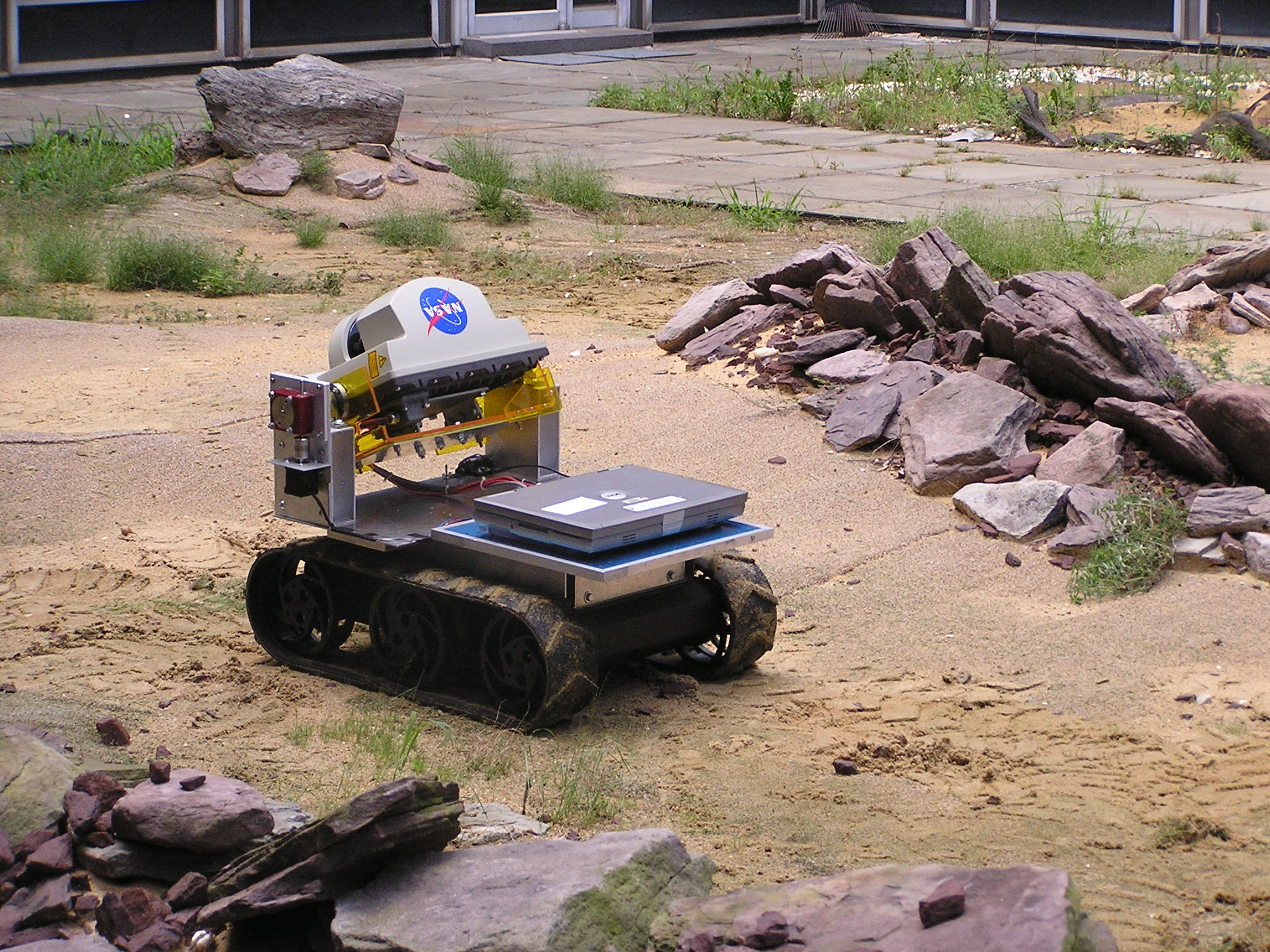Systems Engineering Seminar
NASA Rovers in Antarctica
Presented by: Michael Comberiate /400
October 2, 2007, 1:00 p.m.
GSFC Building 3 Auditorium
Abstract:
While Goddard is not chartered to be the Robotics Center for NASA, we are trying to become the NASA Center for Avionics, and we can use robotic vehicles to this end. The GREAT (Goddard Robotics for Exploration and Avionics Testing) Project is building a robotic vehicle to demonstrate Goddard’s Space Cube processing system in remote and extreme locations. The vehicle carries a LADAR scanning device which takes 3D point-map images of the terrain as it drives around any unstructured area. After a few images from different locations it has stitched together a complete map of that area, which looks like a maze in a top-down view. This map is useful for such things as planning paths for other worker bots to follow. The Space Cube Avionics is handling all the command and telemetry and operational functions in a semi-autonomous mode, as though it were happening on the Moon, Mars, or perhaps Antarctica.
The work is in progress, but already field trips are planned for the Mars Analog Terrain in Antarctica called, the Dry Valleys. In addition, a new network protocol called, Delay-Tolerant Networking will be demonstrated by controlling this complicated vehicle remotely over a long-delay and intermittent network link. If successful another field trip is planned for Barrow, Alaska as part of the International Polar Year activities there. Work on this exciting project is mainly done in cooperation with several universities. For several years teams of senior engineering students have gotten 5 academic credits each for completing various segments of the overall project.
The presentation will feature the current robotic vehicle, which is demonstrating the GSFC Space Cube Processing System avionics. The vehicle will be commanded to drive around the area and take 3D images that the remote operator can then use to direct other worker bots. This is the sort of activity that will be conducted in Antarctica in January, 2008, with the operator at GSFC communicating over a TDRS satellite link.

Biography: